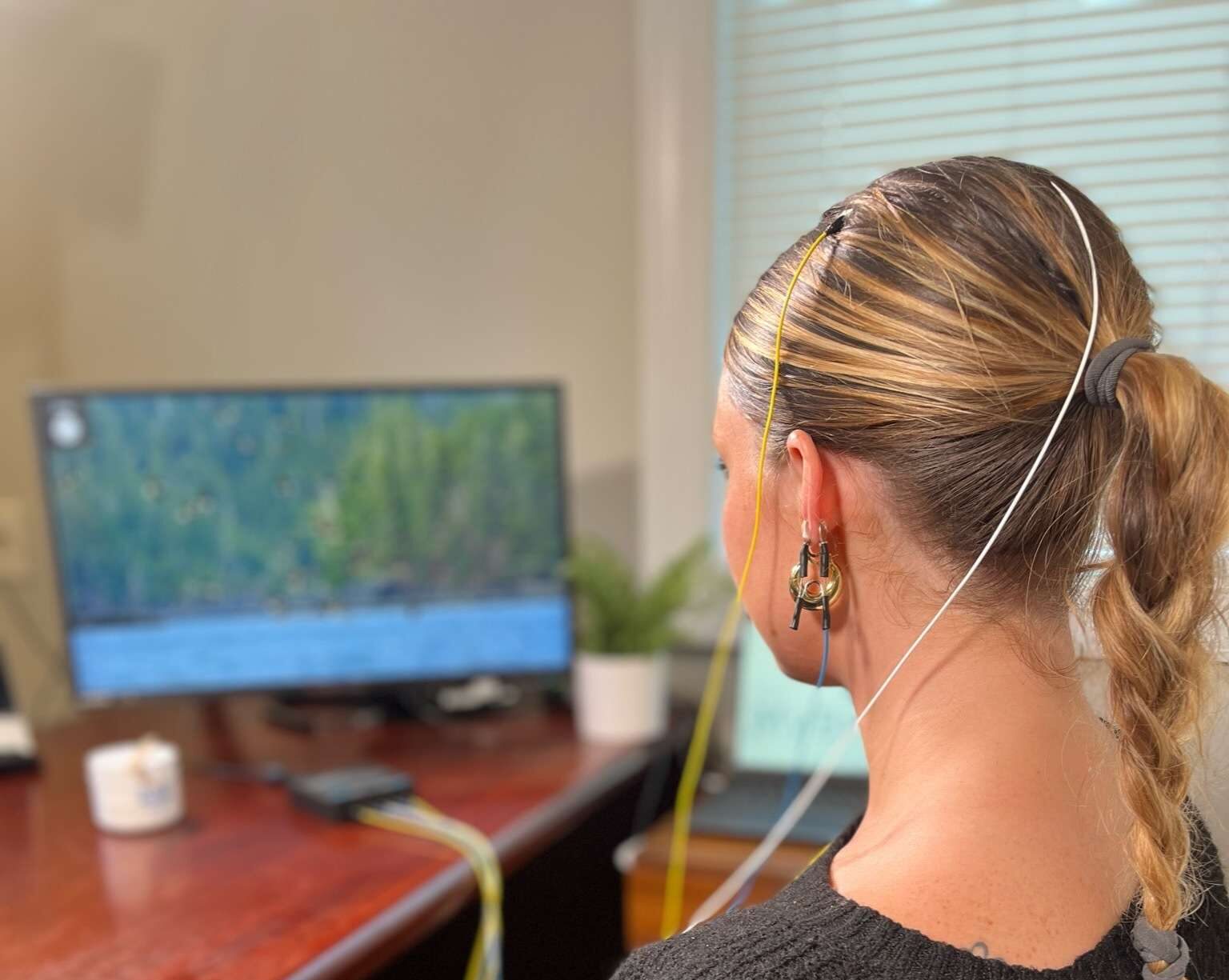In our hectic lives, looking after our mental well-being has never been more crucial. Neurofeedback has gained recognition for its ability to assist people in handling anxiety, boosting concentration, and elevating their overall sense of well-being. What makes it even more thrilling is the opportunity to reap the rewards of neurofeedback right from the comfort of your own home.
The Evolution of Neurofeedback: Home-Based Solutions
Traditionally, neurofeedback sessions were conducted in clinical settings. However, recent advancements in technology have made it possible for individuals to engage in neurofeedback training from the comfort of their homes. Here’s what makes home-based neurofeedback so exciting:
1. Accessibility: Home-based neurofeedback systems have become more user-friendly, opening the door to a wider audience.
2. Convenience: Eliminating the need for frequent clinic visits gives you the flexibility to schedule sessions at your convenience from home.
3. Comfort: Relax in a familiar environment, reducing potential anxiety associated with clinical settings.
4. Personalization: Home-based neurofeedback systems offer customizable protocols, allowing for tailored training to address your unique needs.
Benefits of Home-Based Neurofeedback
1. Convenience and Privacy: Conducting sessions at home offers a level of comfort and privacy that traditional settings may lack. You can choose the space where you feel most at ease.
2. Consistency: Establishing a regular neurofeedback routine is essential for optimal results. Home training allows you to schedule sessions when they work best for you.
3. Customization: An idiosyncratic neurofeedback protocol is used to address your specific goals and concerns, ensuring a personalized approach to your wellness journey.
Getting Started with Home-Based Neurofeedback
1. Consultation: Begin by consulting with a licensed neurofeedback practitioner. They will assess your needs and guide you on whether home-based neurofeedback is suitable for you.
2. Equipment Setup: Once you’ve decided to proceed, follow the provided instructions to set up the neurofeedback equipment correctly.
3. Professional Guidance: Regular check-ins or virtual consultations with your neurofeedback practitioner will help monitor your progress and make necessary adjustments to your training plan.
4. Training Sessions: Engage in neurofeedback training sessions, where you’ll learn to control your brainwave patterns for improved mental well-being.
5. Tracking Progress: Weekly progress tracking reports keep track of your overall well-being throughout the training process. It’s a helpful tool to reflect on your progress and insights gained along the way.
Home-based neurofeedback is revolutionizing the way we approach mental well-being. It’s a powerful tool that combines accessibility, convenience, and technician guidance, making it easier than ever to work towards your mental health goals. Remember that your journey is unique, and your commitment to consistency, self-care, and nurturing a healthier mind will be your guide to success.





